Foundation of Engineering Knowledge:
-
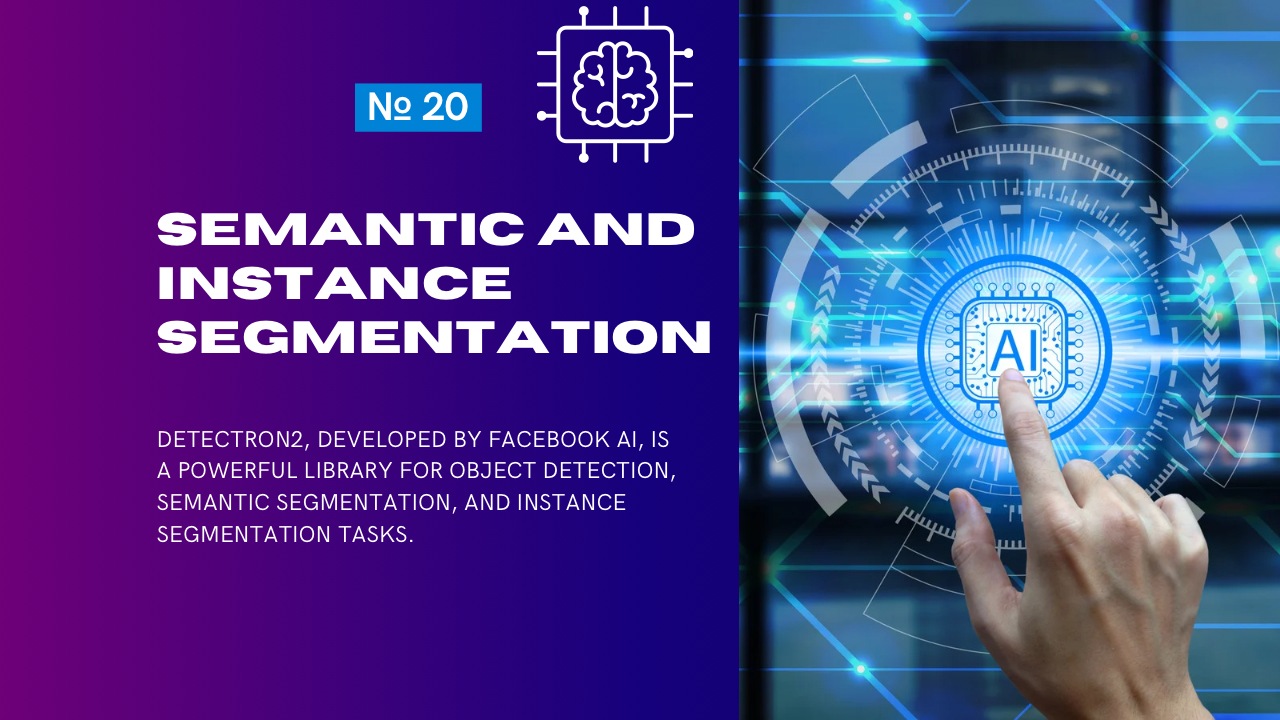
Semantic and Instance Segmentation: Implementing Mask R-CNN with Detectron2
Detectron2, developed by Facebook AI, is a powerful library for object detection, semantic segmentation, and instance segmentation tasks. It provides an easy way to implement Mask R-CNN, one of the most popular architectures for instance segmentation. In this guide, we’ll cover the implementation of Mask R-CNN using Detectron2, from installation to inference. What is Mask…
-
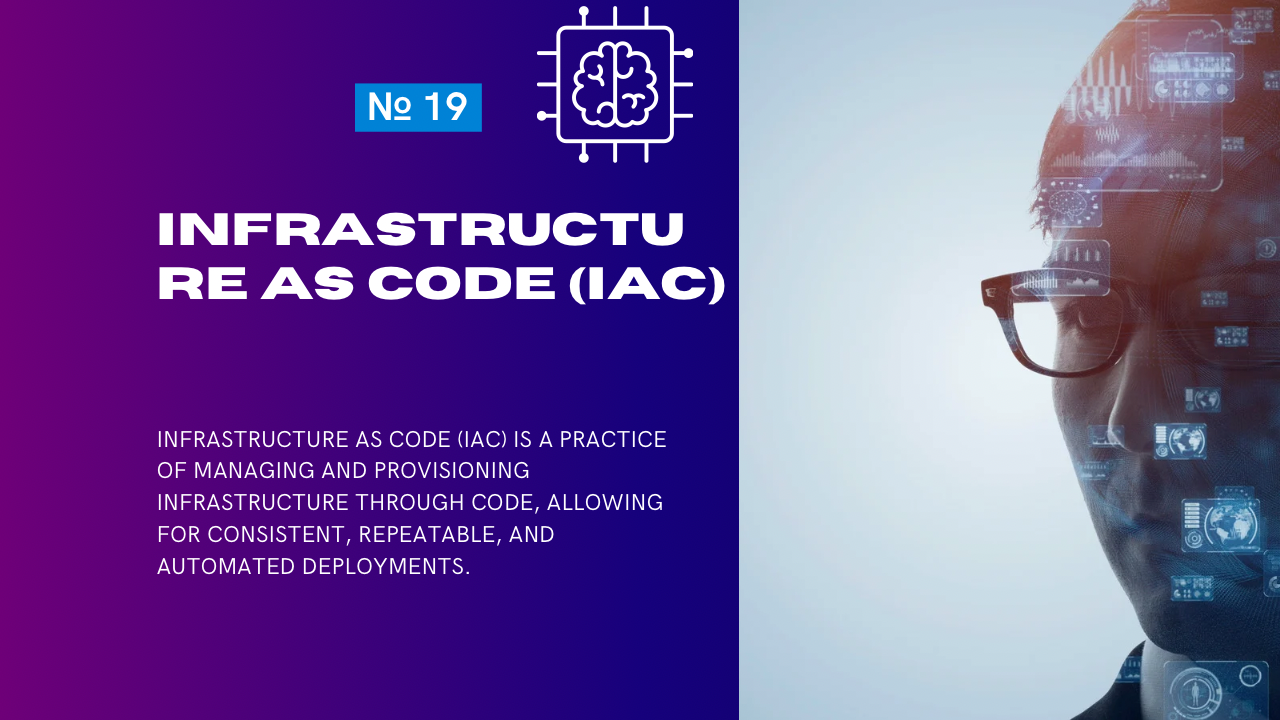
Infrastructure as Code (IaC): Setting Up ML Infrastructure with Terraform
Infrastructure as Code (IaC) is a practice of managing and provisioning infrastructure through code, allowing for consistent, repeatable, and automated deployments. Terraform, a popular IaC tool, is ideal for setting up and managing ML infrastructure, enabling seamless integration with cloud providers like AWS, GCP, and Azure. In this guide, we’ll explore how Terraform can be…
-
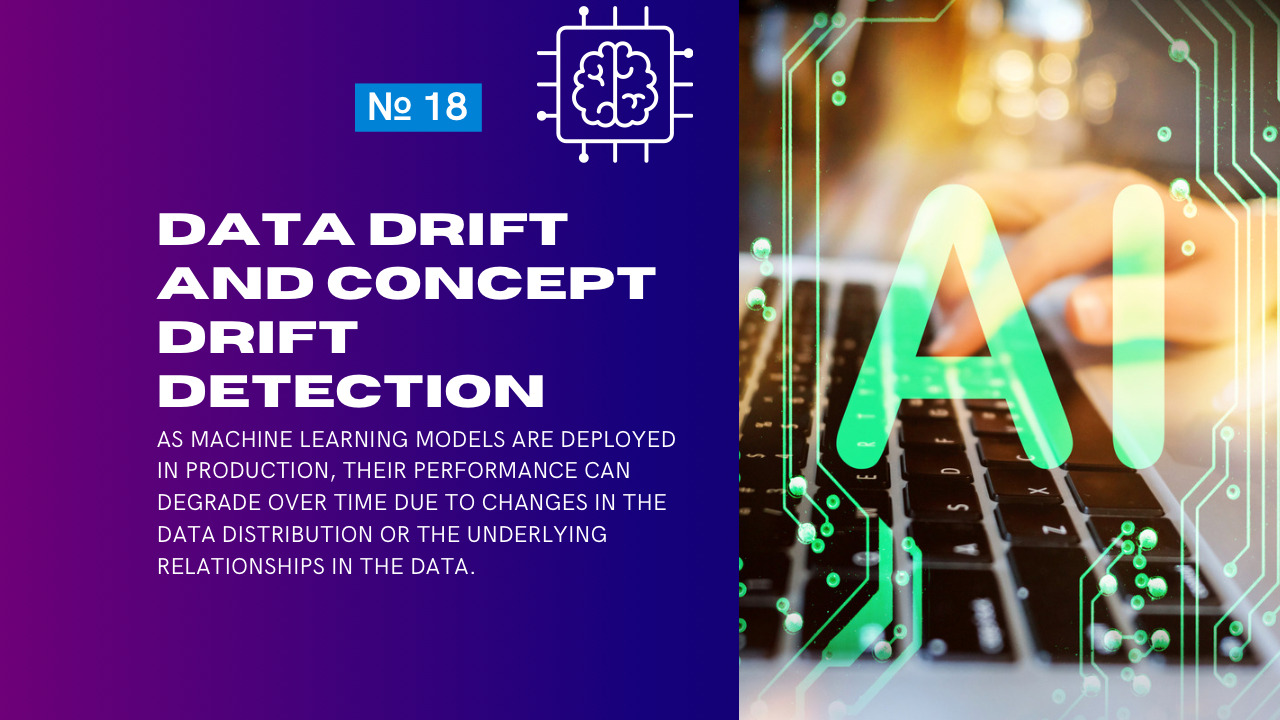
Data Drift and Concept Drift Detection: Tools for Monitoring, such as Alibi Detect
As machine learning models are deployed in production, their performance can degrade over time due to changes in the data distribution or the underlying relationships in the data. This phenomenon is referred to as data drift and concept drift. Effective monitoring and detection of these drifts are crucial to maintaining model performance, reliability, and fairness.…
-
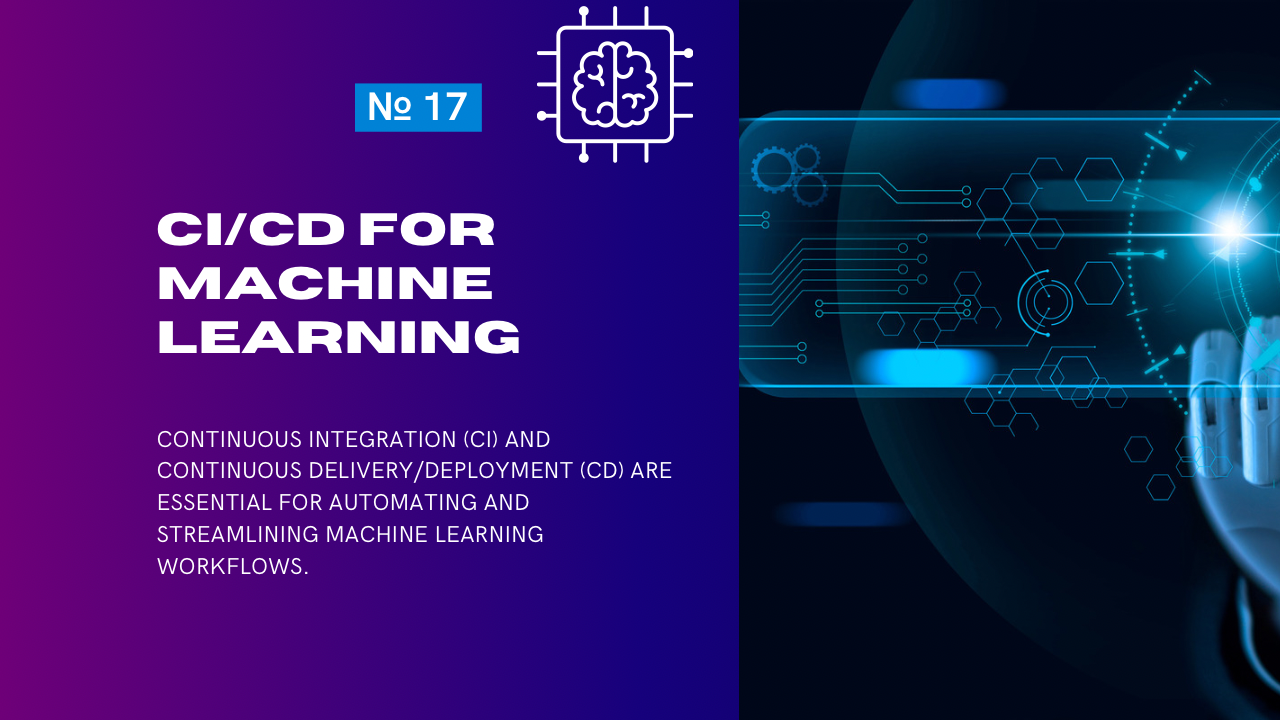
CI/CD for Machine Learning: Automating Pipelines with GitHub Actions and Kubeflow
Continuous Integration (CI) and Continuous Delivery/Deployment (CD) are essential for automating and streamlining machine learning workflows. By integrating tools like GitHub Actions and Kubeflow, you can build robust CI/CD pipelines for training, testing, deploying, and monitoring machine learning models. Why CI/CD for Machine Learning? Machine learning pipelines differ from traditional software CI/CD due to: CI/CD…
-
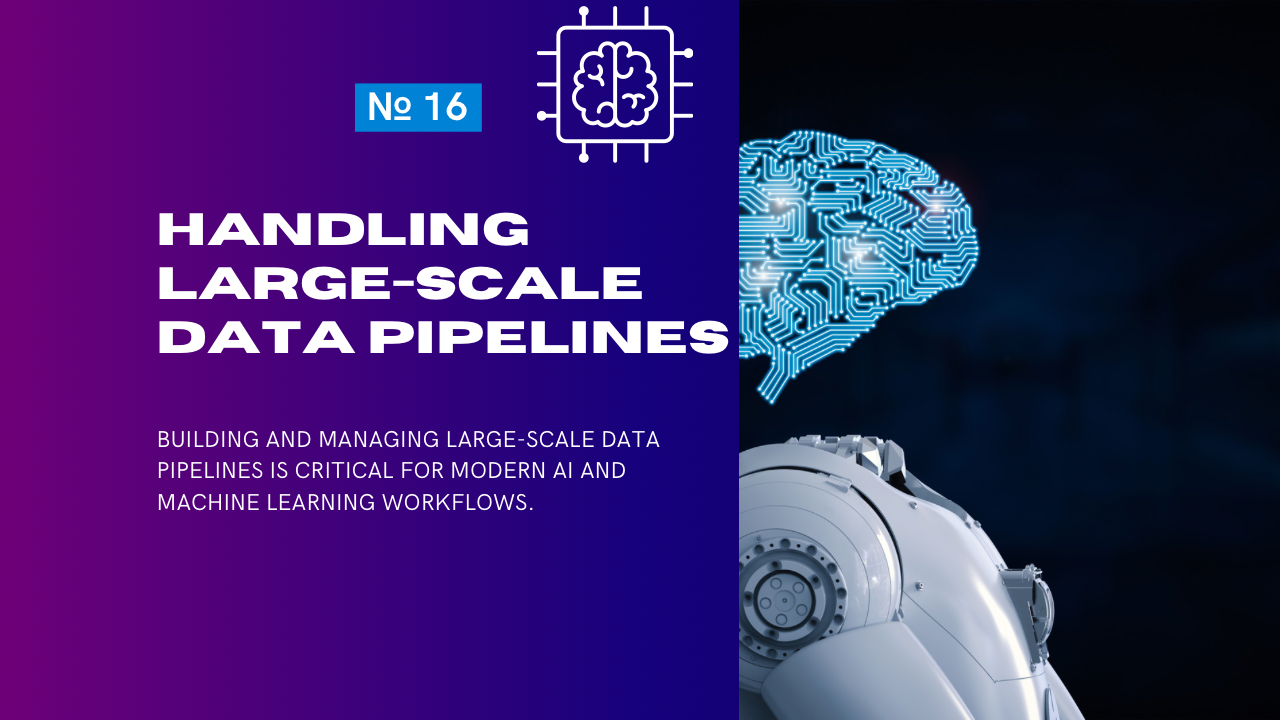
Handling Large-Scale Data Pipelines: Using Apache Airflow or Luigi
Building and managing large-scale data pipelines is critical for modern AI and machine learning workflows. Tools like Apache Airflow and Luigi are widely used to orchestrate workflows, automate repetitive tasks, and ensure pipeline reliability. This guide compares Apache Airflow and Luigi, their core features, and provides examples to show how they can be used to…
-
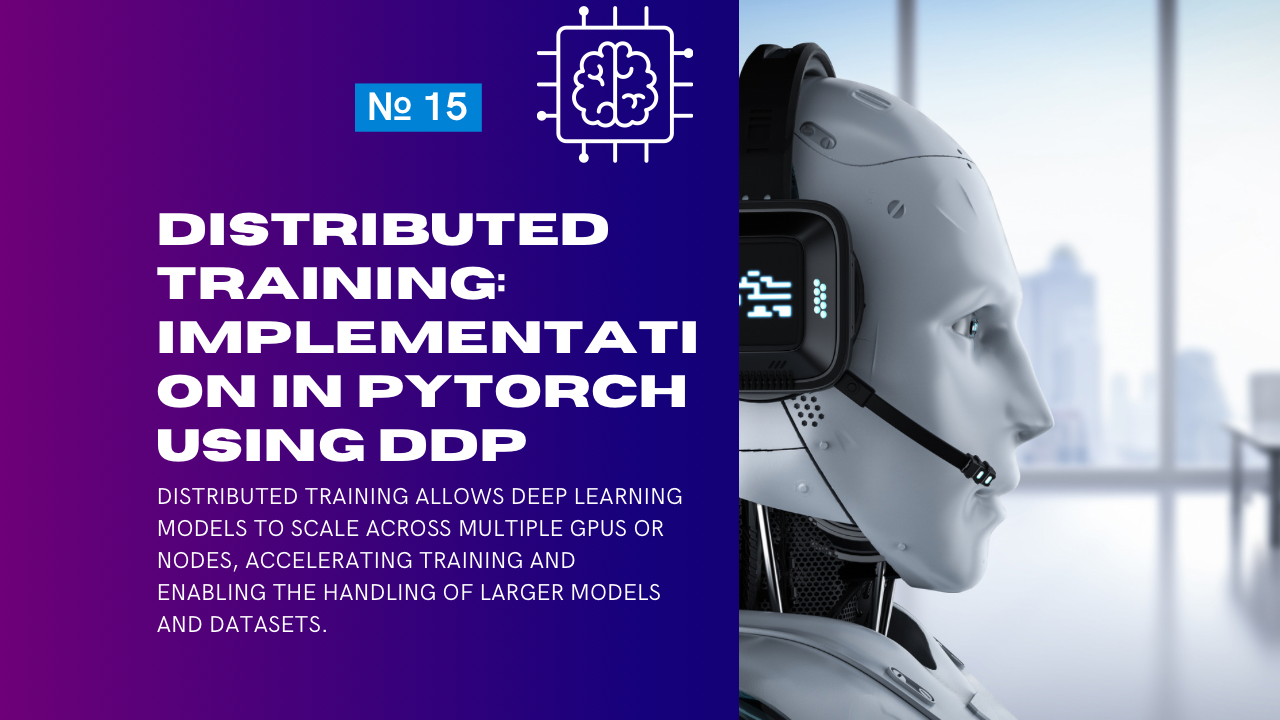
Distributed Training: Implementation in PyTorch Using DDP and Horovod
Distributed training allows deep learning models to scale across multiple GPUs or nodes, accelerating training and enabling the handling of larger models and datasets. Two common frameworks for distributed training in PyTorch are Distributed Data Parallel (DDP) and Horovod. Both offer tools for scaling training efficiently, but they operate differently. 1. Overview of DDP and…
-
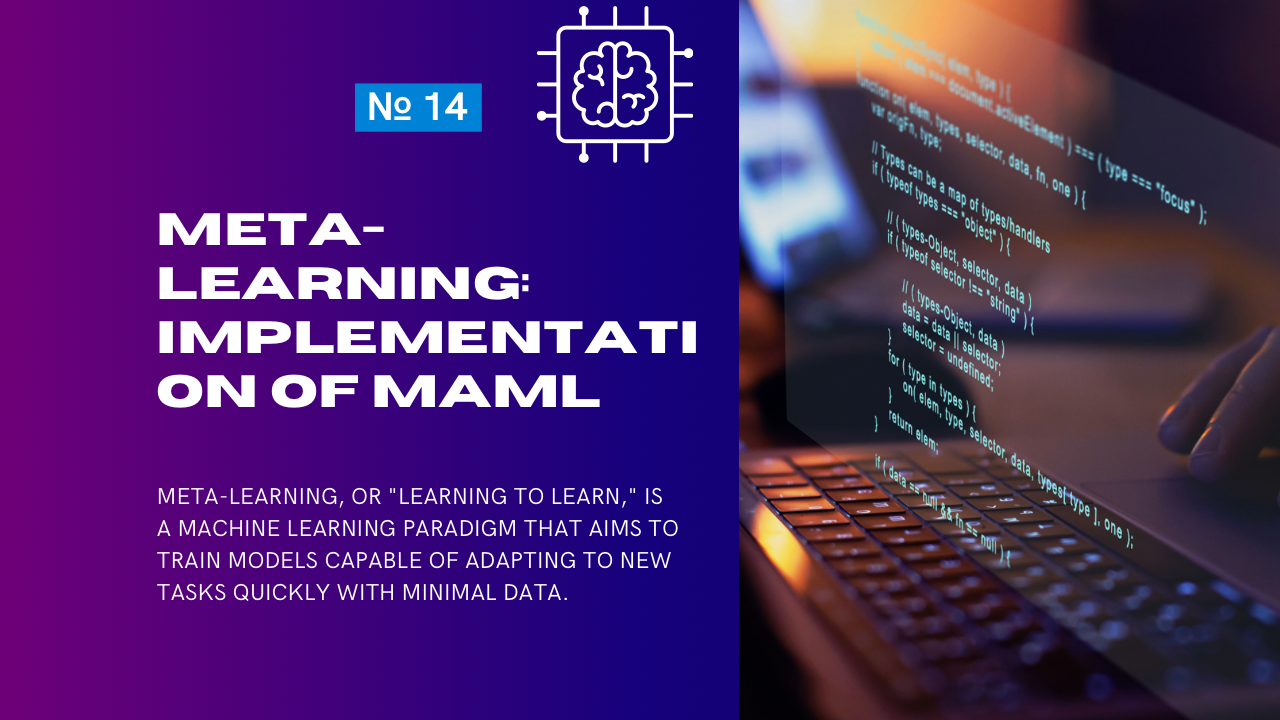
Meta-Learning: Implementation of MAML (Model-Agnostic Meta-Learning)
Meta-Learning, or “learning to learn,” is a machine learning paradigm that aims to train models capable of adapting to new tasks quickly with minimal data. Model-Agnostic Meta-Learning (MAML) is a popular algorithm in this domain. It focuses on learning a good initialization for model parameters so that the model can adapt to new tasks using…
-
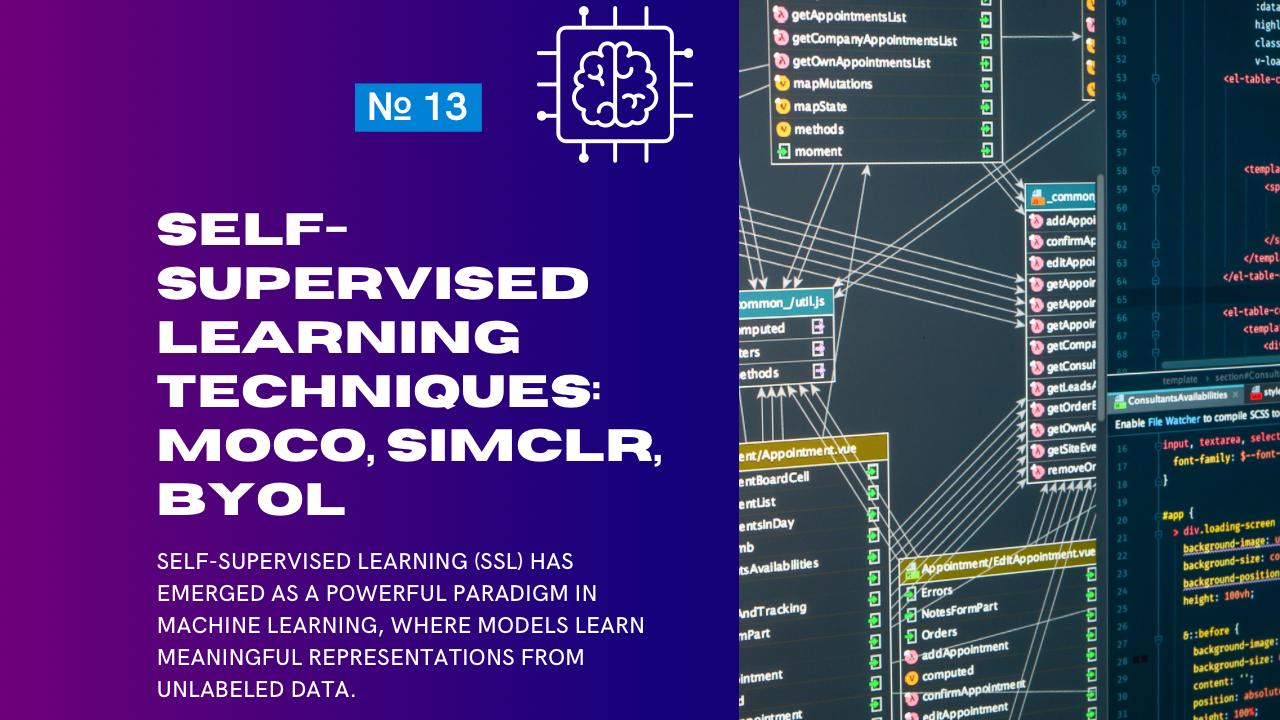
Self-Supervised Learning Techniques: MoCo, SimCLR, BYOL
Self-supervised learning (SSL) has emerged as a powerful paradigm in machine learning, where models learn meaningful representations from unlabeled data. Techniques like MoCo, SimCLR, and BYOL are pioneering methods in this domain, particularly in computer vision. These methods rely on contrastive learning or similar frameworks to generate representations that generalize well to downstream tasks. What…
-

Neural Architecture Search (NAS): Automated Design of Neural Network Architectures
Neural Architecture Search (NAS) is a technique in machine learning aimed at automating the process of designing neural network architectures. Instead of relying on human expertise to craft the best architecture, NAS leverages algorithms to search for optimal configurations that balance performance, computational cost, and resource constraints. Why NAS? Designing neural network architectures manually is…
-

EfficientNet vs ResNet: Technical Comparison for Classification Tasks
EfficientNet vs ResNet: Technical Comparison for Classification Tasks EfficientNet and ResNet are two popular convolutional neural network (CNN) architectures widely used in image classification tasks. While both have achieved remarkable performance, they differ in their design principles, scalability, and efficiency. This technical comparison highlights the strengths, weaknesses, and use cases of each architecture. Overview of…
What problem do you think AI is currently unable to solve but should learn to?